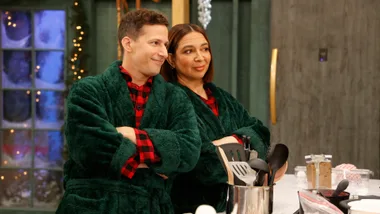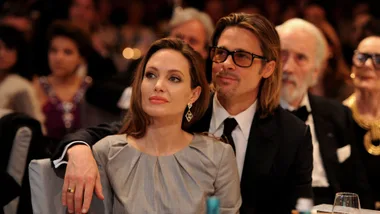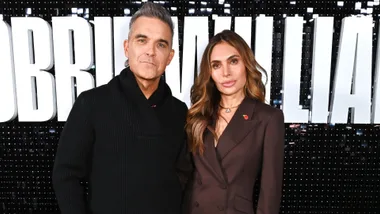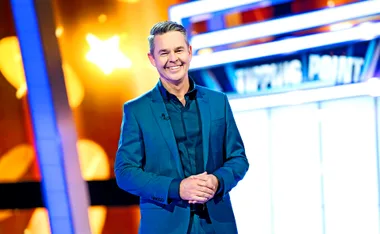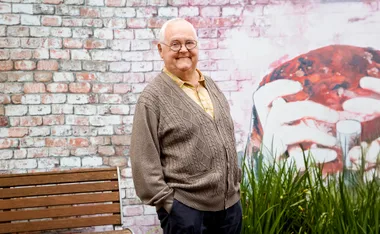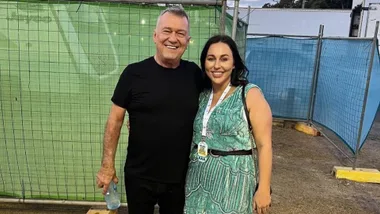Diaries have proven to be some of the great historical records of our time, but they are also proven tools for weight management. By recording the amounts of food you eat at every meal and snack in a food diary, you can calculate things like your fat and energy intake, assess the balance in your food groups, keep an eye on portion control and monitor your weight. But in order to get the true value of a food diary you also need to record physical activity, along with environmental and emotional influences on food choice. One of the best ways of reshaping any eating behaviour that is a hindrance to your healthy weight goals is to take a good, hard look at your patterns over time. A written food diary is the only way to avoid suffering from ‘eating amnesia’, especially when it comes to that piece of birthday cake you had for morning tea at the office. Why do food diaries work for weight loss?
Home Page 5535
Dear diary … weight loss
Diaries have proven to be some of the great historical records of our time, but they are also proven tools for weight management.




















